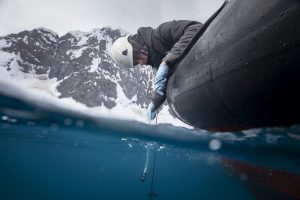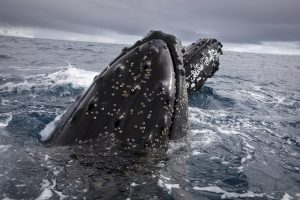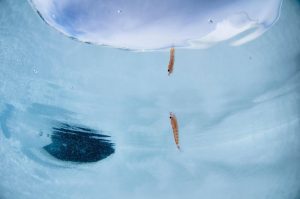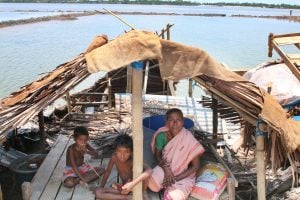The 40th annual meeting of CCAMLR, the body that oversees biodiversity conservation in the Southern Ocean, concluded at the end of October, with member states failing for the fifth consecutive year to establish further marine protected areas.
MPAs are seen as the best way to protect this key marine ecosystem from the impacts of climate change and concentrated krill fishing.
There are many reasons to protect Antarctica’s Southern Ocean: it is home to unique species, comprises roughly 10% of the global ocean’s area and generates the Antarctic circumpolar current – an oceanic conveyor belt that ferries nutrients to fisheries thousands of miles away.
For years, scientists have warned that the Antarctic is among the fastest-warming regions on Earth. The consequences of this change are mounting: a drop in the annual average sea ice coverage that is so vital to the survival of penguins and other animals, and a rise in ocean acidification which makes it difficult for some organisms to form their shells. Warming is also forcing some species, including krill – a tiny crustacean that underpins the region’s food web – to shift where they live, with unknown impacts on the broader ecosystem.
At the same time, commercial fishing for krill – which are ground up to make oil pills for human consumption, and for use in aquaculture, livestock feed and fertiliser – has increased markedly in the past decade. Failure to manage the impacts of this concentrated fishing could lead to a cascade of disruption throughout the ecosystem.
Governments agreed to create a network of nine MPAs throughout the Southern Ocean by 2012. Nine years later, the network still doesn’t exist.
Krill, as individuals and massive swarms, are a key prey species for whales, crabeater seals, and birds such as Adélie penguins, snow petrels and southern fulmars. And several predators, including killer whales and leopard seals, consume species further up the food chain that are themselves dependent on krill as a food source. Krill also play a role in the capture and transfer of carbon dioxide from the sea surface to the deep ocean.
Despite the inaction on MPAs, members of CCAMLR (the Commission for the Conservation of Antarctic Marine Living Resources) were able to agree on extending current conservation measures for krill for a further year. “CM 51-07” is a temporary solution that aims to reduce the impact of fishing on predators which depend on krill as a food source, while CCAMLR continues to work on a more long-term, ecosystem-based management plan.
MPAs
CCAMLR comprises 26 member governments that meet annually in Hobart, Australia, to set policy by consensus. So far, it has shown a willingness to protect the region. In 2009, the commission established an MPA along the South Orkney Islands’ Southern Shelf, and in 2016 it created the Ross Sea region MPA – which, at 2.06 million square kilometres, remains the largest protected area on Earth.
Marine scientists overwhelmingly agree that establishing networks of large MPAs is essential for protecting biodiversity and providing resilience to climate change. Under a framework adopted in 2011, CCAMLR member governments had agreed to create a network of nine MPAs throughout the Southern Ocean by 2012. Nine years later, the network still doesn’t exist.
The three proposals CCAMLR considered in October would have, if adopted, marked a big step toward preserving connectivity among the Southern Ocean’s many unique ecosystems. They would have allowed marine life to migrate between protected areas for breeding and foraging, and significantly contributed to science-based global ocean protection targets.
The first, the proposed East Antarctica MPA, would have safeguarded 970,000 square kilometres of near-pristine ocean wilderness where coastal currents mingle with the larger Antarctic circumpolar current to support abundant marine life.
Another proposed marine reserve, in the remote, ice-covered Weddell Sea, would have covered more than 2.2 million square kilometres, protecting sea birds such as Antarctic petrels, multiple species of seals and whales, and bottom-dwelling creatures such as glass sponges, brittle stars and bone-eating worms.
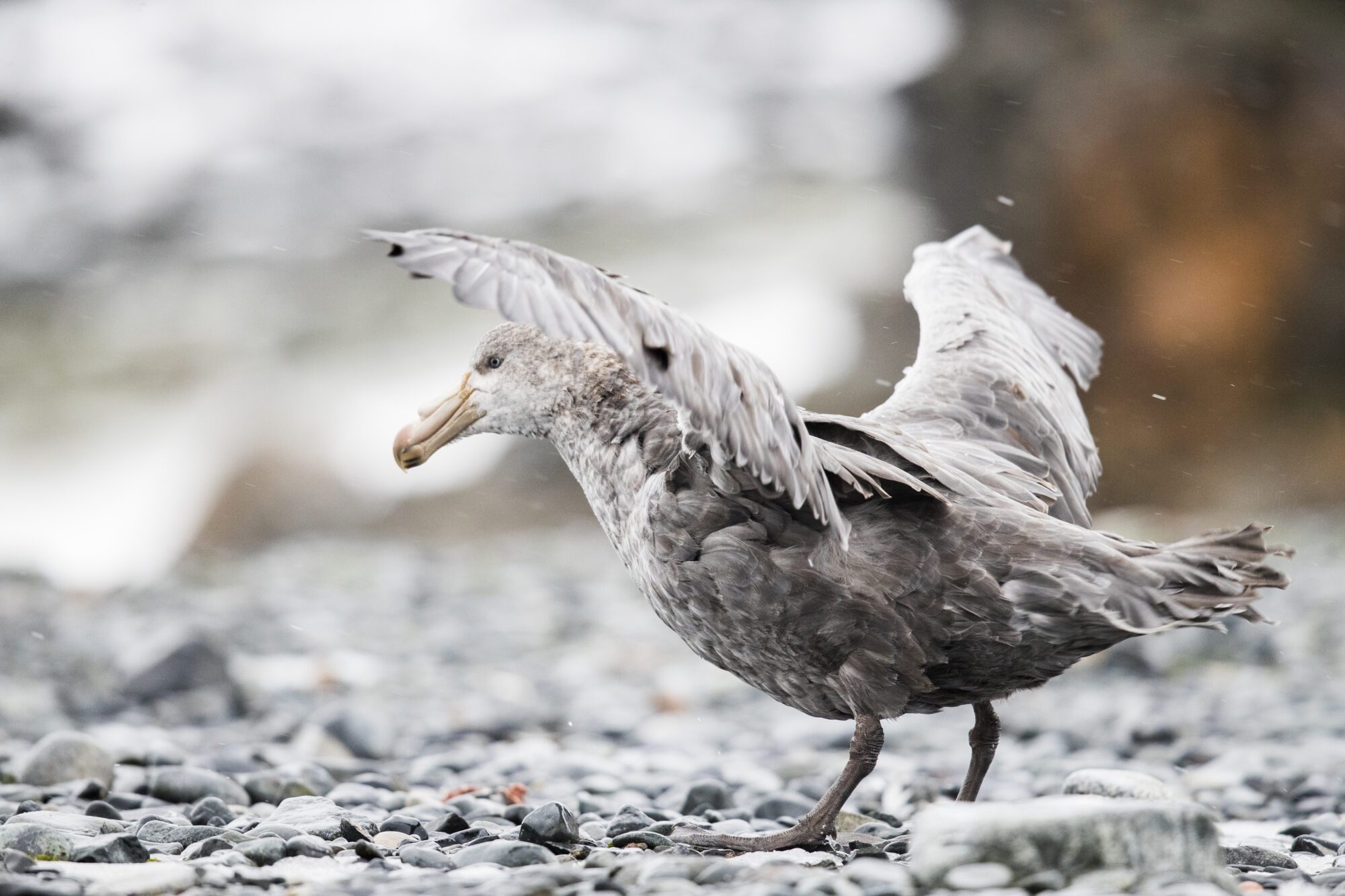
The site of the third proposed MPA, the Antarctic Peninsula, is home to orcas and humpback whales, fur and crabeater seals, as well as millions of nesting pairs of Adélie, chinstrap and gentoo penguins, but also overlaps with the commercial krill fishing operations.
Collectively, the three proposed MPAs would have protected 3.8 million square kilometres (1,467,188 square miles) of the Southern Ocean, making a significant contribution toward the goal of safeguarding 30% of the world’s oceans by 2030 while protecting critical foraging and breeding grounds of species found nowhere else on the planet.
We saw this year that the compelling scientific evidence and the mobilisation of millions of global citizens was not enough to overcome China’s and Russia’s opposition to designating MPAs in the East Antarctic, Antarctic Peninsula and Weddell Sea. As a pioneering intragovernmental conservation body, CCAMLR can and must do more, or risk being left behind in responding to the global environmental crisis.
The good news is that the number of co-proponents for the East Antarctic and Weddell Sea MPAs grew significantly; 18 of CCAMLR’s 26 members have now signed on as co-sponsors, with South Korea, India, and Ukraine the latest additions. Importantly, during the meeting, all members agreed to explore the possibility of holding an intersessional meeting on MPAs before the 41st CCAMLR meeting, scheduled for October 2022.
And although no MPAs were designated during CCAMLR 40, there were indications of movement, including significant high-level engagement among member countries in the run-up to the annual meeting. French President Emmanuel Macron’s bilateral meeting with Chinese President Xi Jinping during CCAMLR; and a clear acknowledgement of the importance of protecting the Southern Ocean, in the communiqué following the G20 meeting in Rome immediately after CCAMLR 40 ended.
Now CCAMLR must turn these conversations into action and designate MPAs in 2022.
